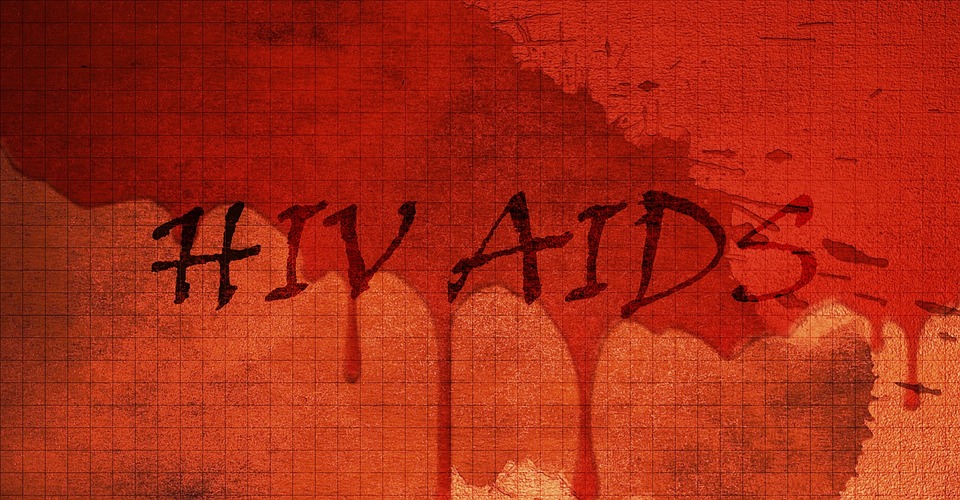HIV prevention is certainly not only about sticking religiously to rules. It is all about knowing the person you actually are, your beliefs, and when and how to act for safeguarding others and yourself from this infection. It necessitates a holistic and fully-informed approach to understand the implications of HIV and effective ways of preventing it.
Figure Out the Actual Difference between Low & High-Risk Activities
According to https://www.verywellhealth.com, “The truth is there remain a lot of misconceptions about HIV transmission—often underestimating, but sometimes even overestimating potential risk. Informed prevention starts by getting the facts straight, understanding the modes of transmission, and identifying which activities put you, as an individual, at personal risk.”
In this context, we must understand clearly the conditions that must be present for HIV transmission to take place. Here are the four conditions that may result in HIV transmission.
- It is essential for body fluids to exist for HIV to thrive and this should be including blood, semen, breast milk, vaginal fluids etc. HIV simply cannot go on thriving in open space or in those body parts that have high acid content like the bladder or the stomach.
- A specific route of transmission is necessary for body fluids to be exchanged. Some of the main routes of transmission would include shared needles, sexual activities, transmission from mom to her kid, and healthcare exposure.
- HIV is unable to penetrate intact skin. There should be an effective way for the virus to invade the vulnerable cells present inside your body.
- There must be adequate levels of virus in your body fluids. That is primarily the reason why tears, saliva, and sweat are the least probable sources of HIV. You may consider using the HIV risk calculator for determining your condition. Moreover, determining low risk or high risk depends on how effectively an activity would satisfy each of all these four conditions.
Some Well-Known Ways of HIV Prevention
- Remember to practice absolutely safe sex and do not ever forget to take the necessary protection and even use condoms. Get your HIV tests done.
- Do not reuse needles. Use new and clean needles.
- You must get proper treatment. When you are diagnosed with HIV, getting properly treated implies that you are not only helping yourself, you are also minimizing the risk of transmission of the virus to others.
- Pre-Exposure Prophylaxis or PrEP allows people who are HIV-negative, however, who may be having a high HIV risk, take a pill every day for minimizing their chance of being HIV-positive. They generally need to take a once-a-day pill such as Truvada that contains a couple of HIV medications like tenofovir and emtricitabine. (Ambien)
- Post-Exposure Prophylaxis or PEP is meant to safeguard people who have been already exposed potentially to HIV. This could minimize the possibility of acquiring the infection. However, you must start PEP within preferably 24 hours of exposure and not after 72 hours.
Conclusion
HIV positive people must not lose hope. They must go for the necessary treatment and make slight lifestyle modifications to stay healthy. Today, there is much talk about injecting long-acting HIV medicines for preventing, as well as, treating the infection. This is not supposed to be a special vaccine but it is the same PrEP or PEP medication that is injected instead of consuming it by mouth. This preventive or treatment technique is still on the horizon but once it is implemented doctors are hoping that it would make a great difference to the HIV treatment scenario.





